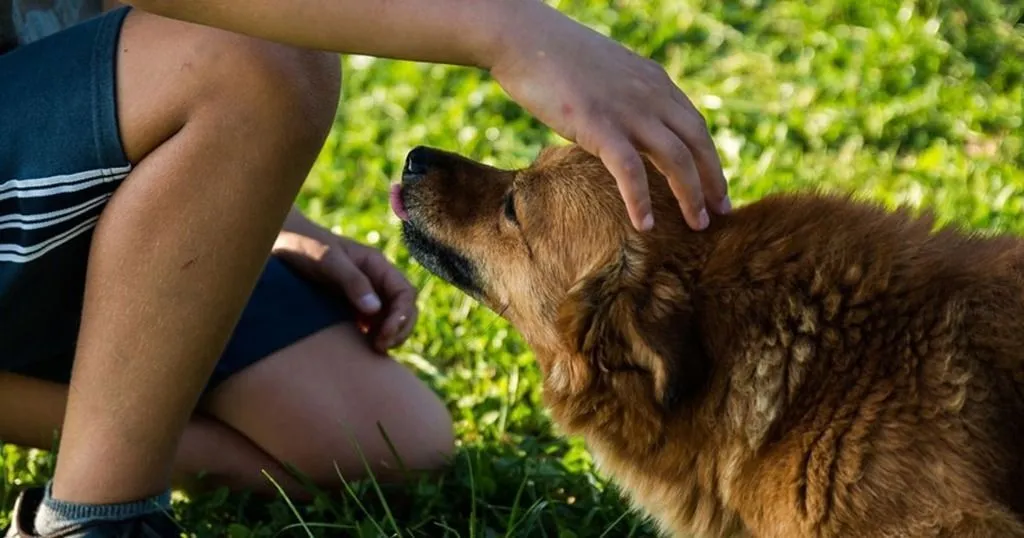A story of dogs and dolls
When finding the right dog for yourself, you probably won’t choose an aggressive one, will you? You don’t want it to attack your friends, kids, or other dogs. You could try using a temperament test, but how reliable are they?
Posted by
Published on
Thu 09 Aug. 2012
Topics
| Animal-human Interaction | Dogs | Social Behavior Research | The Observer XT |

When finding the right dog for yourself, you probably won’t choose an aggressive one, will you? You don’t want it to attack your friends, kids, or other dogs. You could try using a temperament test to predict behavior in dogs, but how reliable are they?
As good as the real thing?
That was the question researchers at the School of Veterinary Medicine (University of Pennsylvania, USA) were asking themselves, too, because these temperament tests involve dolls. And dolls just aren’t human.
For obvious reasons, you don’t want to go about testing if your dog is aggressive towards children by putting an actual child in front of it. So using a doll seems like a good plan. But can it really say something about how the dog is going to react to an actual child, in everyday life, that smells and moves different than the doll? It turns out, it can.
Investigating the predictability of the doll-test
For the same reason you don’t want to challenge a dog with a real child, it is difficult to compare test results with real-life results. (“Ok, so he tore up this doll… let’s see how it likes the neighbor’s kid!”) But you can also investigate predictability by looking at the past.
These researchers looked at the behavior towards an adult female experimenter and studied the dog’s reaction to three different objects. Two of these objects were dolls, one representing a child, the other, a dog. The third object was a paper-filled garbage bags with eyes, to see if the dogs would differentiate between the ambiguous objects and the dolls. Their reaction to the dolls was compared to the history of the dogs and results from a modified version of the C-BARQ (Canine Behavioral Assessment & Research Questionnaire).
Volunteer dogs
The researchers found 34 volunteer dogs (and owners) to participate in their study. They were categorized into three different categories according the history of the dog; a control group with no history of aggression and two groups with a history of aggressive behaviors towards children or other dogs, respectively. These dogs were put to the test – confronted with a female stranger (the experimenter) and the three different objects, their behavior was video-recorded and analyzed with The Observer XT. (And they’ve put the ethogram in their publication, it’s worth a look.) They also used The Observer XT to determine the reliability of the observations after rescoring them 8 months later.
Differences in behavior
As you might expect, the control group spent a fair amount of their attention on the female stranger, while other groups showed more avoidance or looking away. When confronted with the child-like doll, the group with a history of aggression towards children showed significantly more aggressive behaviors than the other groups.
The fake dog test showed somewhat similar results. Of the 6 dogs in total that showed aggression, 1 was a control dog, 2 belonged to the group that had a history of aggression towards other dogs, and 3 belonged to the group that had a history of aggression towards children. However, owners of the last 3 dogs reported that there also had been issues with other dogs as well.
The garbage bag turned out to be a bit scary, at least for the dogs with a history of aggression. They barked and showed fearful reactions, while the control group spent a decent amount of their time looking at the object while wagging their tail, and playing.
Dolls are good enough for testing
The reactions of the dogs to the dolls compared to the other object were clearly distinguishable. The dogs show social reactions to the dolls that they did not show to the garbage bag with eyes. So that is one-zero for the dolls. Second, the reactions to the dolls correlates with the history of the dog, which became clear when the researchers compared the behaviors to the results of the C-BARQ. Another point for the dolls.
Even though they might not smell or move like the real thing, dolls are good enough to elicit at least some behavior that indicates how the dog reacts in real life. That makes them a good tool for temperament tests, but the authors stress that these tests with dolls should not be the only screening method. At the very least, excessive reaction to these dolls indicates that these dogs need to be monitored more carefully. And not put in the same room as your Chihuahua… But you guessed that before you read this post, right?
References
Barnard, S.; Siracusa, C.; Reisner, I.; Valsecchi, P.; Serpell, J.A. (2012). Validity of model devices used to assess canine temperament in behavioral tests. Applied Animal Behaviour Science, 138, 79-87.
Related Posts

Classical music affects affiliative behaviors in bottlenose dolphins

The social interaction test: effortless and dependable with EthoVision XT

